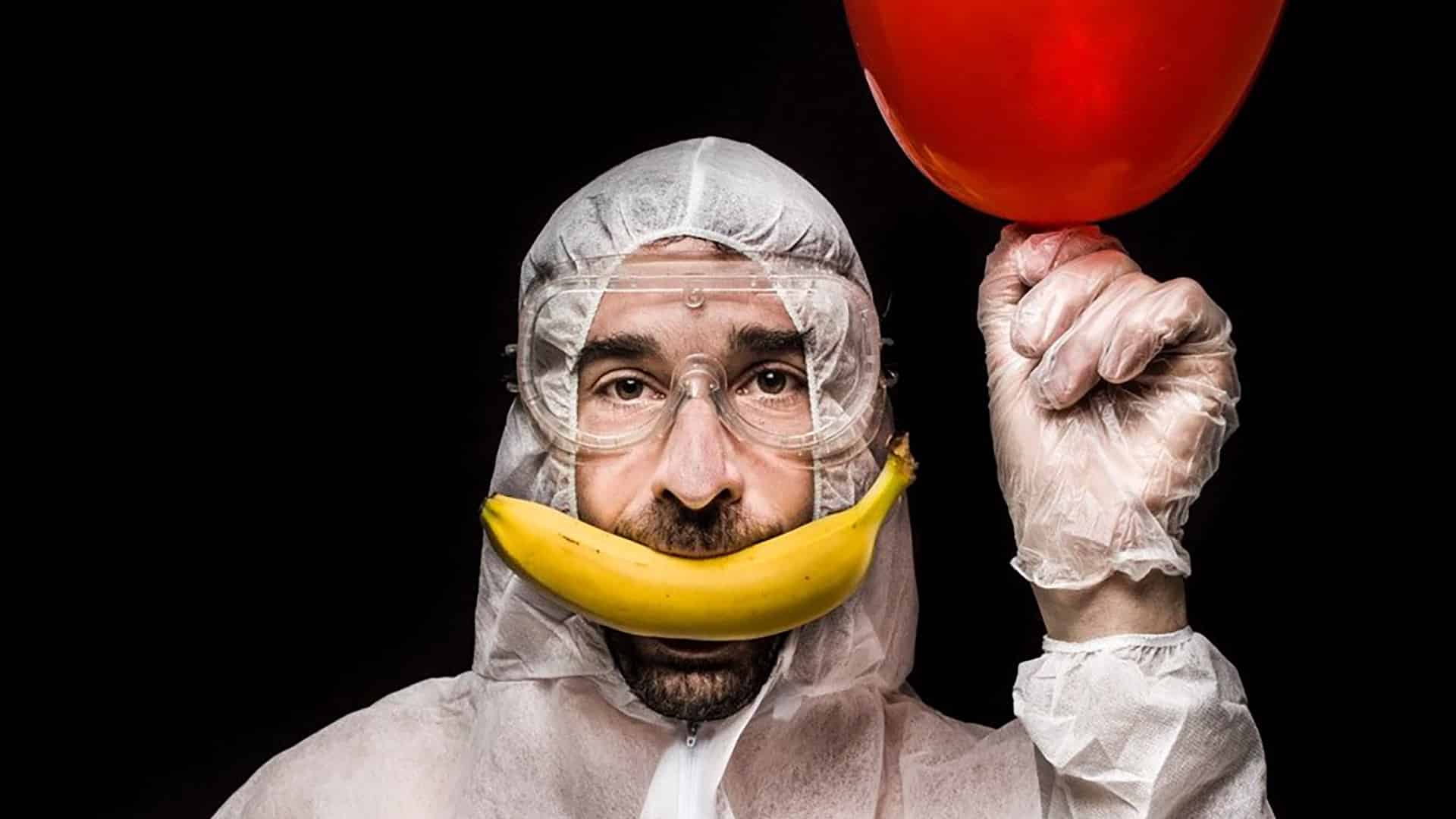Faced with cancelled exhibitions, festivals, and commissions, the entire profession is feeling the impact of anti-Covid-19 measures. We have gathered testimonies from photographers, who are on lockdown and anxious, but adapting and keeping up good spirits.

You’re getting blind.
Don’t miss the best of visual arts. Subscribe for $9 per month or $108 $90 per year.
Already suscribed ?



